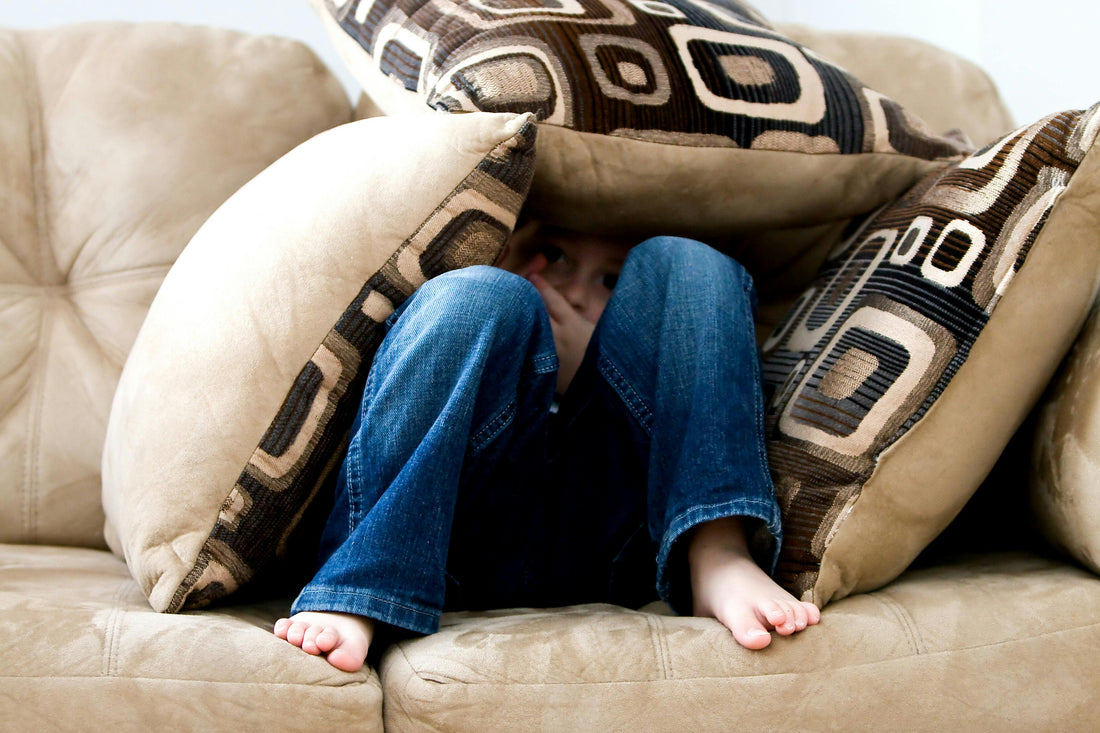Childhood grief is a profound experience that can shape a child’s emotional and psychological development in lasting ways. Losing a loved one at a young age—whether a parent, sibling, grandparent, or close friend—can influence everything from self-esteem to relationships and academic performance. But with the right support, children can navigate their grief in a healthy way and build resilience for the future.
How Childhood Grief Affects Development
Grief doesn’t just disappear as children grow older. The way a child processes and understands loss evolves over time, often resurfacing at key developmental stages. Here are some of the ways childhood grief can have a lasting impact:
-
Emotional Regulation Challenges – Children who experience early loss may struggle with managing strong emotions, such as sadness, anger, or anxiety. Without guidance, they may internalize these feelings or express them in unhealthy ways.
-
Academic and Social Difficulties – Grieving children often find it hard to concentrate in school, leading to struggles with learning. They may also feel different from their peers, making it harder to form friendships and feel a sense of belonging.
-
Increased Risk of Anxiety and Depression – Unresolved grief can contribute to long-term mental health challenges. Children who do not have the tools to process their emotions may experience persistent sadness, fear of abandonment, or general anxiety.
-
Struggles with Attachment and Relationships – The loss of a close loved one can impact a child’s ability to trust and form secure attachments in relationships, leading to fears of future loss or emotional detachment.
How to Support a Child Through Grief
While the effects of childhood grief can be long-lasting, there are ways to provide meaningful support that helps children heal and grow:
-
Encourage Open Conversations
Children need a safe space to express their emotions and ask questions about death and loss. Let them know it’s okay to talk about their feelings and share their memories of the person they lost. -
Validate Their Feelings
No two children grieve the same way. Some may cry openly, while others may withdraw or act out. Validate their emotions and reassure them that whatever they feel is normal. -
Provide Age-Appropriate Resources
Books, grief journals, and creative activities can help children process their loss in ways that feel natural to them. Art, storytelling, and play therapy are particularly effective tools for younger children. -
Create Routines and Stability
Grief can make the world feel unpredictable and scary. Providing structure and routine can offer children a sense of security and stability as they adjust to life without their loved one. -
Seek Professional Support When Needed
If a child’s grief seems overwhelming or persistent, therapy or grief counseling can be an essential resource. Professional guidance can help them navigate complex emotions and build healthy coping strategies.
Building Resilience Through Grief
Although childhood grief can have long-term effects, it doesn’t have to define a child’s future. With love, patience, and the right support system, children can learn to process their emotions, find strength in their experiences, and carry their loved one’s memory forward in a healthy way.
At Jurni, we're working to bring these themes of grief, healing, and hope to life through an animated short film inspired by our story. If you’d like to support this project, please visit our Kickstarter campaign or learn more on the Jurni website. Together, we can create something meaningful for families navigating their own journeys.

